Hey there! Got a text claiming to be from Coinbase recently? You’re not alone.
Thousands of crypto users are getting messages that look genuine but are attempts to steal their funds. These tricks are getting more sophisticated by the day, making them harder to spot at first glance.
In this guide, we’ll show you exactly what these scams look like, share real examples from the past few months, and give you practical steps to protect your crypto assets.
The good news? Once you know what to look for, these scams become much easier to identify and avoid.
Let’s get you equipped with everything you need to stay safe!
What Is the Coinbase Text Scam?
A Coinbase text scam is a type of phishing attack where fraudsters send SMS messages that appear to come from Coinbase.
These messages try to create a sense of urgency about your account, typically claiming there’s a security issue, unusual activity, or a problem that needs immediate attention.
1. How the Scam Works?
The process is simple but effective. First, scammers send mass text messages to random phone numbers, hoping to reach actual Coinbase users.
The message contains a link to a fake website that looks almost identical to the official Coinbase site. When you click the link and enter your login credentials, the scammers capture this information.
Within minutes, they can access your real account and transfer your crypto to their wallets.
Some advanced versions also ask for two-factor authentication codes or use fake customer support calls to seem more legitimate.
2. Common Phrases Used in Scam Messages
These messages often use specific language patterns to create panic:
- “Unusual login attempt detected.”
- “Your account has been temporarily limited.”
- “Confirm your identity to prevent account suspension.”
- “Security alert: New device logged into your account.”
- “Your account will be frozen in 24 hours unless you verify.”
3. Real vs. Fake Coinbase Texts
|
Feature |
Legitimate Coinbase Texts |
Scam Texts |
|
Sender ID |
From “Coinbase” or a 5-6 digit short code |
Random numbers or lookalike names (C0inbase) |
|
Links |
Always coinbase.com domains |
Similar but off domains (coinbase-secure.com, coinbase-verify.net) |
|
Urgency |
Informative, rarely urgent |
Extreme urgency, threats of account closure |
|
Personalization |
Includes your name or username |
Generic “Dear user” or “Customer” |
|
Language |
Professional, no errors |
Often contains spelling/grammar mistakes |
|
Request type |
Never ask for passwords via text |
Asks for login information, verification codes |
|
Contact method |
Offers multiple ways to respond |
Pushes you to use only their link |
|
Verification |
Contains verification methods |
No way to verify authenticity |
How to Identify a Fake Coinbase Text?
With cryptocurrency scams on the rise, knowing how to spot fake Coinbase messages is crucial for protecting your digital assets.
Here’s what you need to know to stay one step ahead of scammers.
1. Red Flags to Watch For
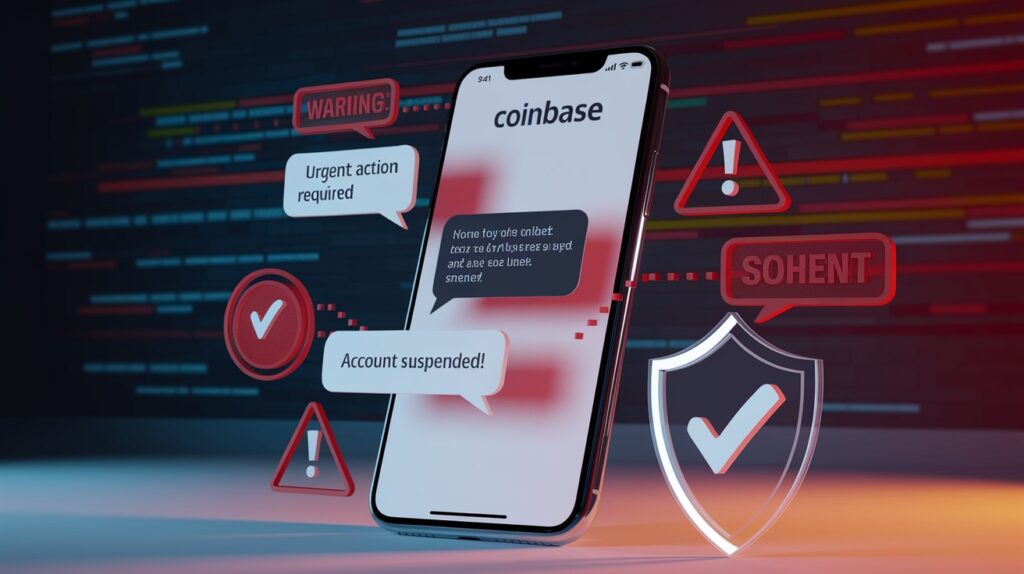
Pay attention to these warning signs when you receive a text claiming to be from Coinbase:
- Unexpected contact: If you weren’t expecting communication from Coinbase, be suspicious
- Urgent timeframes: Messages claiming “You have 1 hour to respond” or similar threats
- Account suspension warnings: Threats about your account being limited or closed
- Requests for personal information: Legitimate companies never ask for passwords via text
- Generic greetings: “Dear user” instead of your actual name
- Unusual sender numbers: Numbers that don’t match previous Coinbase communications
- Poor grammar or spelling: Professional companies have quality control for communications
- Strange formatting: Inconsistent capitalization, excessive punctuation, or odd spacing
- Unnatural tone: Language that doesn’t match Coinbase’s typical communication style
2. Differences in Links, Language, and Formatting
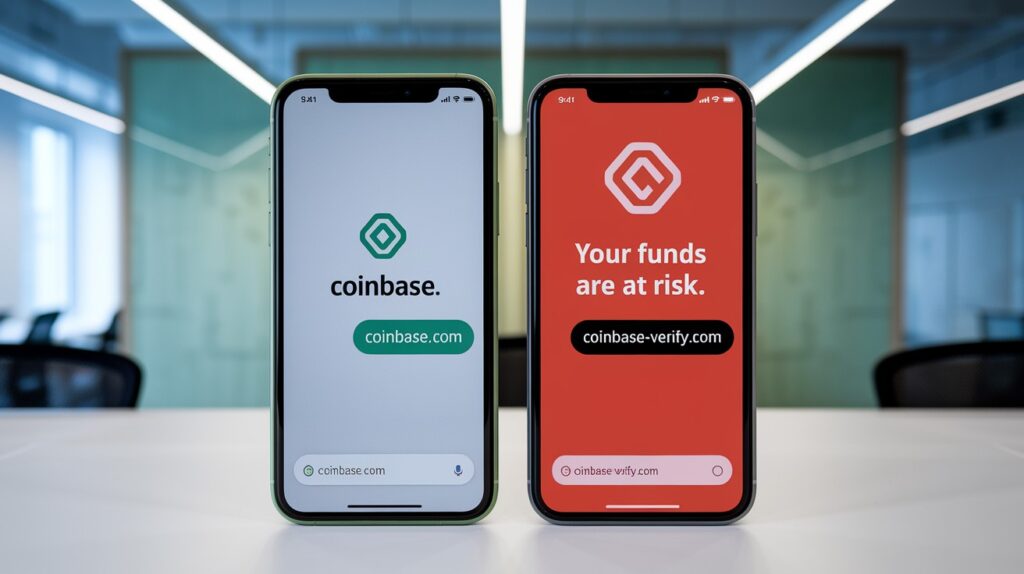
Links:
- Legitimate: links.coinbase.com, coinbase.com, help.coinbase.com
- Fake: coinbase-verify.com, secure-coinbase.net, coinbase.account-verify.com
Language:
- Legitimate: Clear, professional, informative, without creating panic
- Fake: Alarmist, creating fear (“Your funds are at risk”), vague about the actual issue
Formatting:
- Legitimate: Clean, consistent branding, proper Coinbase logo, and colors
- Fake: Misaligned elements, inconsistent fonts, blurry logos, or slightly off-color schemes
3. Tips to Verify Legitimate Coinbase Messages
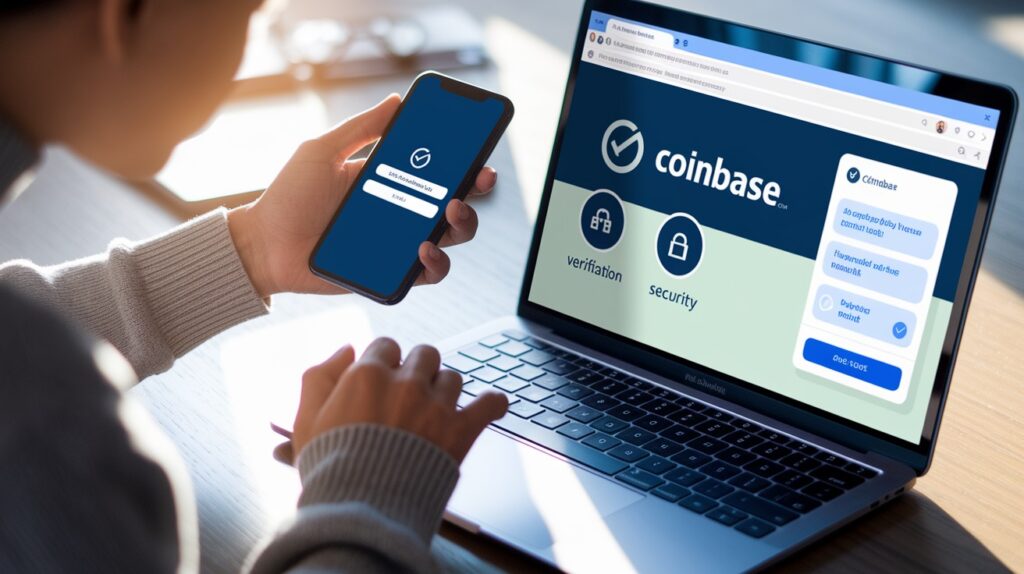
Follow these steps before taking action on any Coinbase communication:
- Check your Coinbase app directly: Legitimate account issues will appear in your app notifications or account dashboard
- Log in separately: Never click links in messages – open your browser and type “coinbase.com” manually
- Contact official support: Use the support chat function on the official Coinbase website
- Check the sender carefully: Verify the exact email domain or phone number matches known Coinbase contacts
- Use the Coinbase help center: Search for the issue mentioned in the message on help.coinbase.com
- Look for verification codes: Legitimate Coinbase texts often include a unique verification code that matches what’s shown in your app.
Remember: When in doubt, don’t click or respond – contact Coinbase directly through official channels.
What to Do If You Receive a Suspicious Text?
Finding a suspicious Coinbase message on your phone can be concerning, but staying calm and following these steps will help protect your crypto assets and prevent others from falling victim to the same scam.
1. Steps to Take Immediately
Step 1: Don’t click any links

This is crucial – tapping links in suspicious texts can lead to fake websites or downloading malware
Step 2: Don’t reply to the message
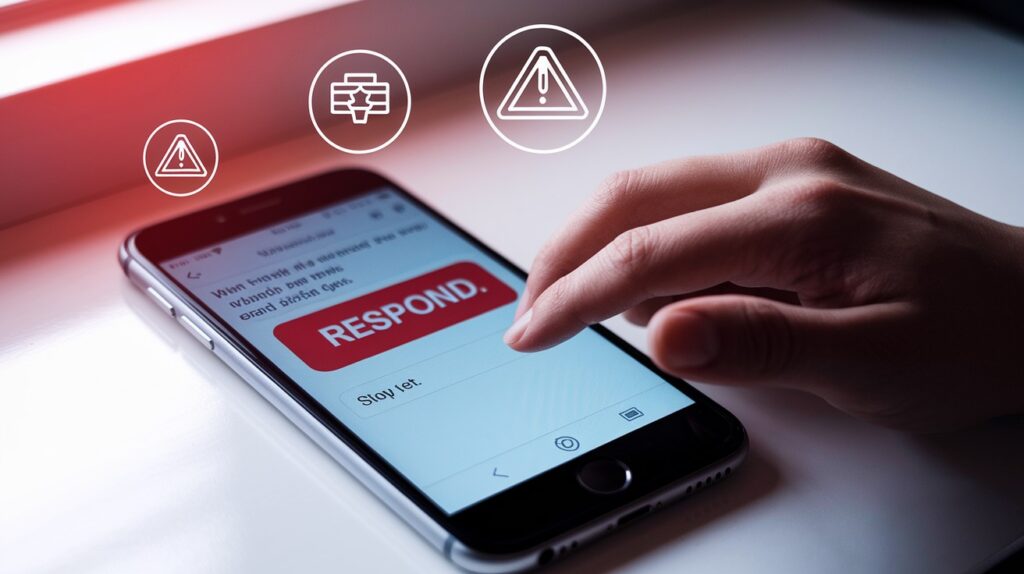
Even responding with “STOP” confirms your number is active to scammers
Step 3: Screenshot the message

Capture the full message, including the sender’s number, for reporting purposes
Step 4: Block the sender
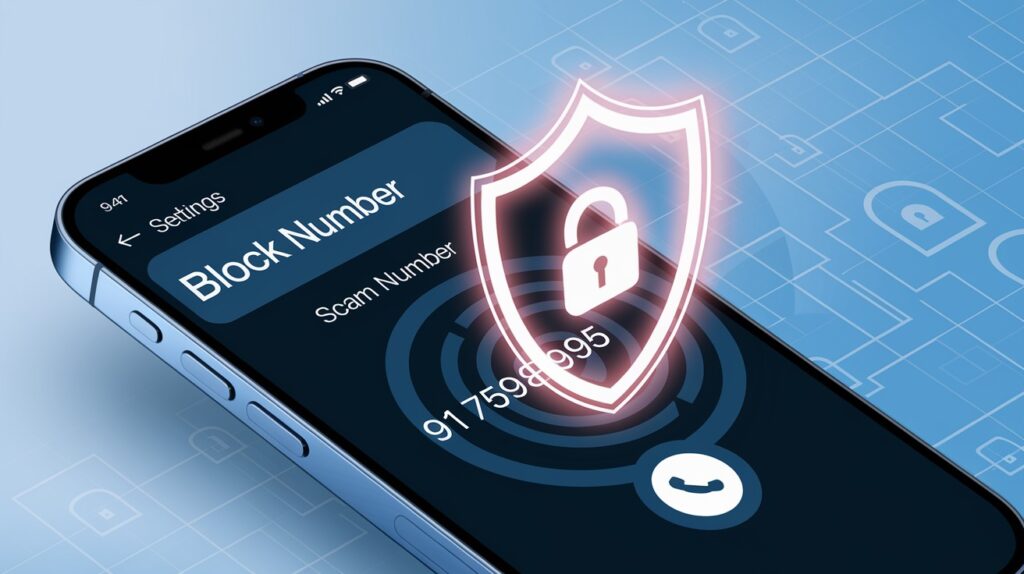
Use your phone’s blocking feature to prevent future messages from this number
Step 5: Check your Coinbase account directly
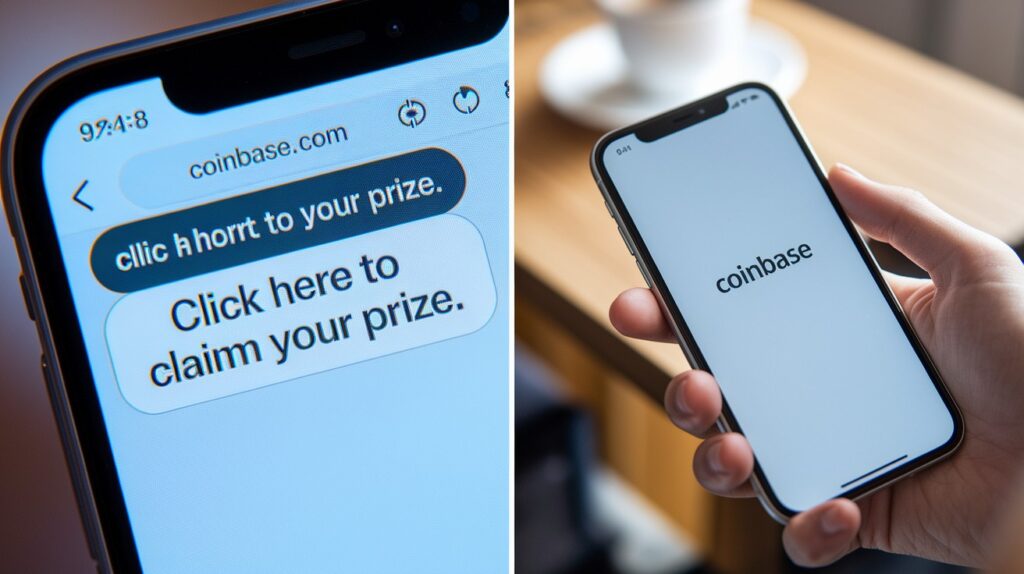
Open the official app or type coinbase.com manually in your browser to verify if there are actual alerts
Step 6: Change your password

If you suspect your account might be compromised, change your Coinbase password immediately
Step 7: Enable additional security
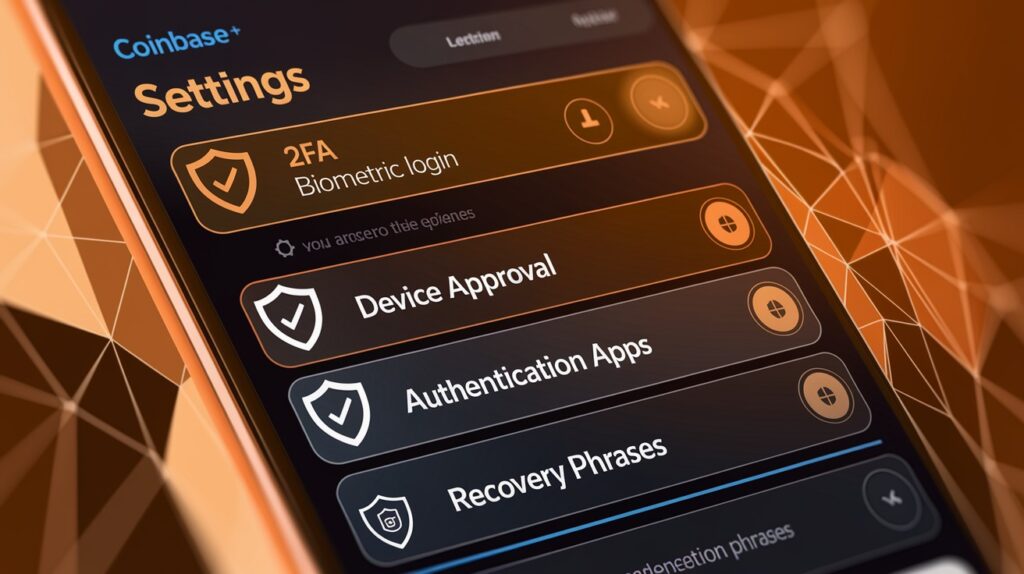
Turn on all available security features in your Coinbase account settings
Step 8: Monitor your account
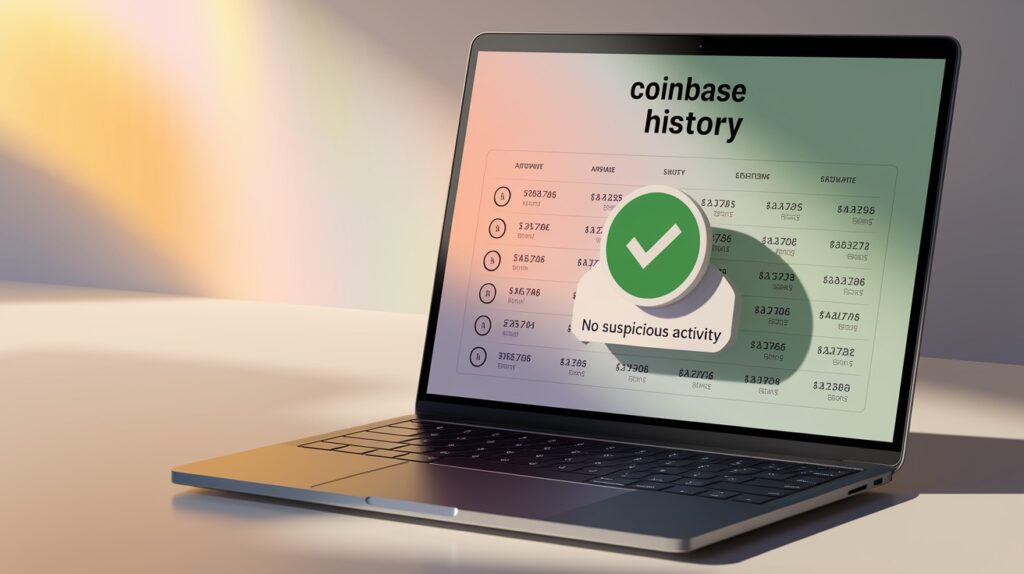
Keep an eye on your transaction history for any unauthorized activity
Step 9: Don’t share verification codes
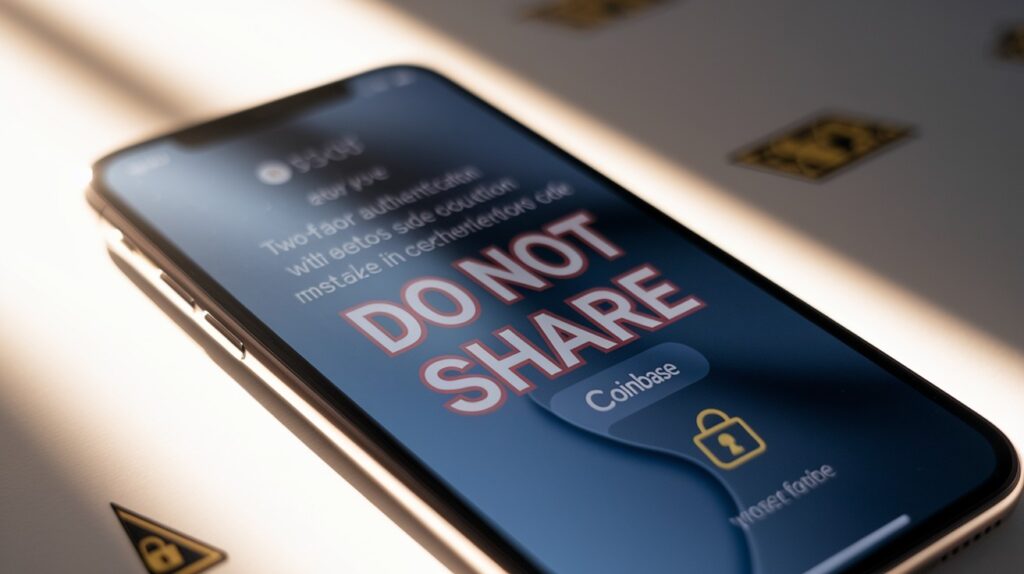
If you receive unexpected 2FA codes, someone may be attempting to access your account
2. How to Report the Scam to Coinbase?
Reporting helps Coinbase protect the community and improve its security measures:
- Email the security team: Forward the suspicious text to [email protected]
- Include details: Share when you received it, the sender’s number, and any other relevant information
- Contact support: Use the chat function on Coinbase’s official website to report the incident
- Report in-app: Use the “Report a scam attempt” feature in your Coinbase mobile application
- Follow up: If you’ve already clicked links or shared information, tell Coinbase support immediately so they can help secure your account
3. Who Else to Notify (FCC, FTC, etc.)?
Reporting to government agencies helps combat the broader problem of crypto scams:
- Federal Trade Commission (FTC): Report at ReportFraud.ftc.gov – they track patterns of fraud and share data with law enforcement
- Federal Communications Commission (FCC): Forward the text to 7726 (SPAM) to report SMS scams
- FBI Internet Crime Complaint Center (IC3): File a report at ic3.gov, especially if you’ve lost money
- Your mobile carrier: Most carriers have ways to report scam texts through their customer service
- Local police: If you’ve lost funds, file a police report as documentation for insurance or tax purposes
Remember that reporting might not recover lost funds, but it helps authorities track scammers and can prevent others from becoming victims.
The more reports these agencies receive about a particular scam, the more likely they are to investigate.
Why Scammers Target Coinbase Users?

With over 100 million users worldwide, Coinbase presents an attractive target for scammers seeking high-value victims.
As the largest U.S. crypto exchange, it attracts both experienced investors and newcomers who may not recognize sophisticated phishing attempts.
Crypto accounts offer unique value to criminals, transactions are irreversible, funds move quickly across borders, and stolen assets are difficult to trace.
Unlike bank fraud, there’s no FDIC insurance to recover losses, making each successful scam highly profitable.
Most critically, people tend to trust messages that appear to come from financial institutions.
By mimicking Coinbase’s visual style and creating urgent security scenarios, scammers exploit this trust.
When users see the familiar logo and formatting, they often overlook subtle signs of fraud in their rush to protect their investments.
Protecting Your Coinbase Account
Securing your crypto investments requires a proactive approach. By implementing these security measures, you can significantly reduce the risk of unauthorized access to your Coinbase account.
1. Enable Two-Factor Authentication
Two-factor authentication (2FA) adds a critical extra layer of security beyond just your password:
- Choose the right 2FA method:
- Authenticator apps (like Google Authenticator or Authy) are more secure than SMS
- Hardware security keys (like YubiKey) offer the highest level of protection
- Avoid SMS-based 2FA when possible, as it’s vulnerable to SIM swapping attacks
- Set up 2FA on your Coinbase account:
- Go to Settings > Security in your Coinbase account
- Select “Security Settings” and find the 2FA section
- Follow the step-by-step instructions to link your authenticator app
- Protect your recovery codes:
- Store backup codes in a secure location, separate from your devices
- Consider keeping a physical copy in a safe or secure location
- Never share these codes with anyone, including Coinbase staff
- Use 2FA for email accounts too:
- Your email is often the recovery method for your Coinbase account
- Securing it prevents attackers from bypassing your Coinbase security
2. Use Coinbase Security Tools
Coinbase offers several built-in security features designed to protect users:
- Whitelist withdrawal addresses:
- Create a list of verified addresses where you can send crypto
- Any new address will require additional verification and a waiting period
- This prevents immediate transfers if a scammer gains access
- Set up transaction confirmations:
- Require email verification for withdrawals and sensitive actions
- This provides an alert if someone tries to move your funds
- Enable address book-only sends:
- Restrict withdrawals to pre-approved addresses only
- Adds a 48-hour security delay when adding new addresses
- Control device management:
- Review and remove devices that have access to your account
- Set up notifications for new device logins
- Use Coinbase Vault for long-term holdings:
- Adds time-delayed withdrawals with multiple approvers
- Perfect for funds you don’t need immediate access to
3. Monitor Your Account for Suspicious Activity
Regular monitoring helps catch unauthorized access before major damage occurs:
- Set up notifications:
- Enable push notifications, emails, and texts for all account activities
- Pay special attention to login alerts and withdrawal notifications
- Review account activity regularly:
- Check your transaction history weekly
- Look for transactions you don’t recognize, even small ones
- Verify login history to see where and when your account was accessed
- Check connected applications:
- Review which third-party apps have access to your Coinbase account
- Remove any that you no longer use or don’t recognize
- Create a schedule for security checks:
- Monthly review of security settings
- Quarterly password changes
- Annual review of recovery methods and contact information
- Use account statements:
- Coinbase offers monthly statements of activity
- Compare these against your records
Legal Actions and Law Enforcement Efforts

Authorities are making significant progress against cryptocurrency scammers through coordinated global operations.
In March 2025, the FBI dismantled a major phishing ring that had targeted Coinbase users across 12 countries, recovering $14 million in stolen assets. Similarly, Operation Chain Breaker, led by Interpol, resulted in 32 arrests across Europe and Asia, targeting groups specializing in exchange impersonation scams.
The FTC has established a dedicated Crypto Fraud Task Force, which has collected over 46,000 crypto scam reports in the past year.
They’ve secured settlements totaling $157 million from payment processors that facilitated fraudulent transactions.
Local cybercrime units are increasingly focusing on training officers to handle digital asset cases.
The NYPD’s Cyber Intelligence Unit recently created a specialized crypto investigation team that works directly with exchanges.
Coinbase itself maintains an active legal stance, filing over 20 civil suits against scammers in 2024. Their Digital Forensics Team collaborates with law enforcement by providing technical expertise and transaction data.
The company also funds the Crypto Ecosystem Security Coalition, which shares threat intelligence across major exchanges.
Despite these efforts, prosecution remains challenging due to cross-border jurisdiction issues and the pseudonymous nature of blockchain transactions.
However, improvements in blockchain analytics and international cooperation are gradually closing the gap between criminal activity and accountability.
Conclusion
So there you have it, folks! Crypto scammers are out there, but now you’re equipped to spot their tricks.
Remember, Coinbase will never ask for your password or authentication codes via text. When in doubt, go straight to the app or website, type the address yourself, instead of clicking links.
The good news? Your security is largely in your control. Strong passwords, two-factor authentication, and regular account monitoring go a long way in keeping your crypto safe.
If you do spot a scam, take a moment to report it.
Your quick action helps protect the entire community and gives authorities more ammunition to fight back.
The crypto world offers amazing opportunities, and with these simple precautions, you can enjoy them without falling prey to scammers. Stay vigilant, stay informed, and keep your digital assets secure!
Frequently Asked Questions
Does Coinbase send text messages?
Yes, Coinbase sends legitimate texts for verification codes and security alerts, but never asks for passwords or authentication codes.
What happens if you click on a fake text message?
You’re directed to a convincing fake website that steals your login credentials, potentially giving scammers complete access to your account.
What is the 929 area code text message?
A common phishing scam originating from New York’s 929 area code falsely claims to be Coinbase security alerts.






